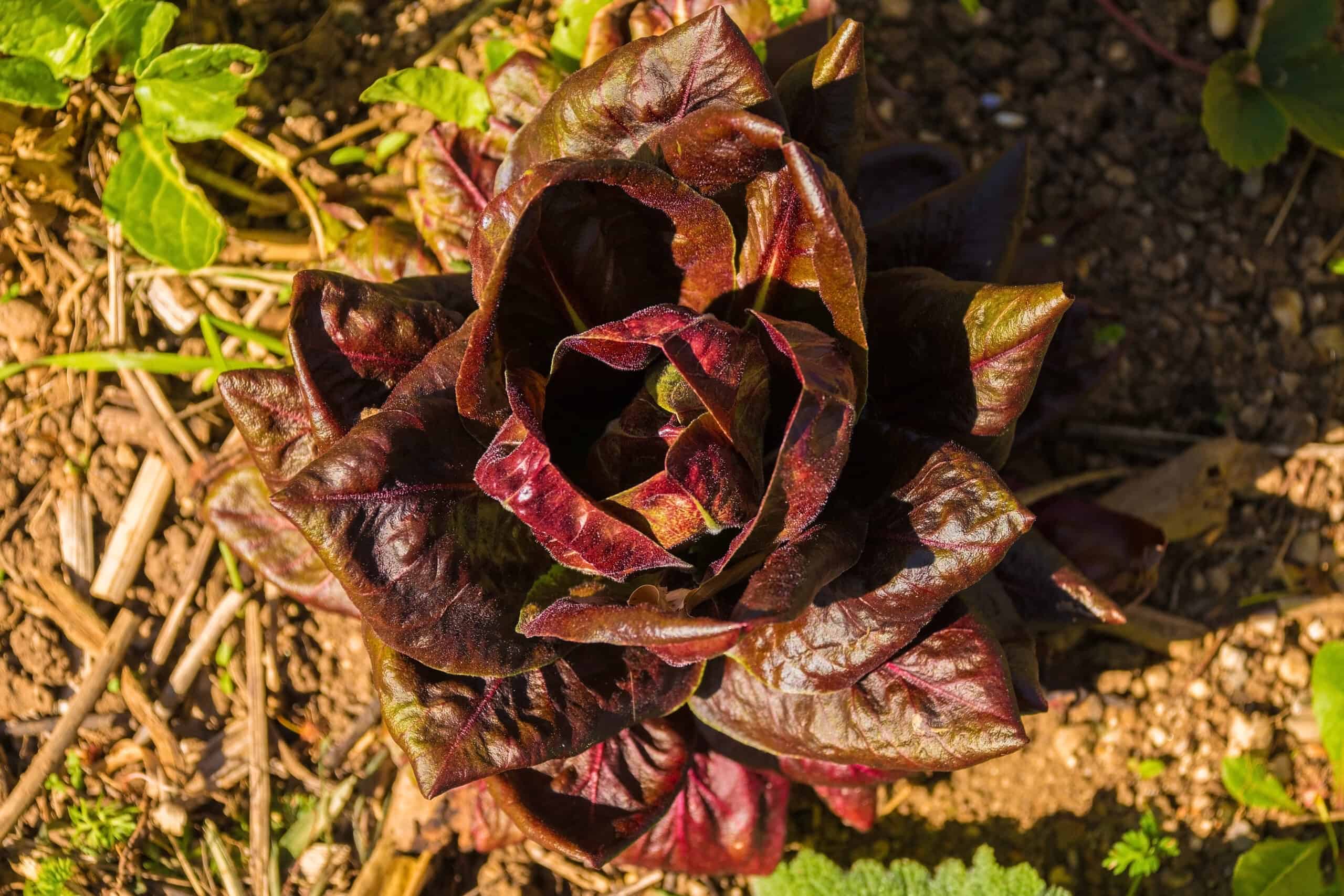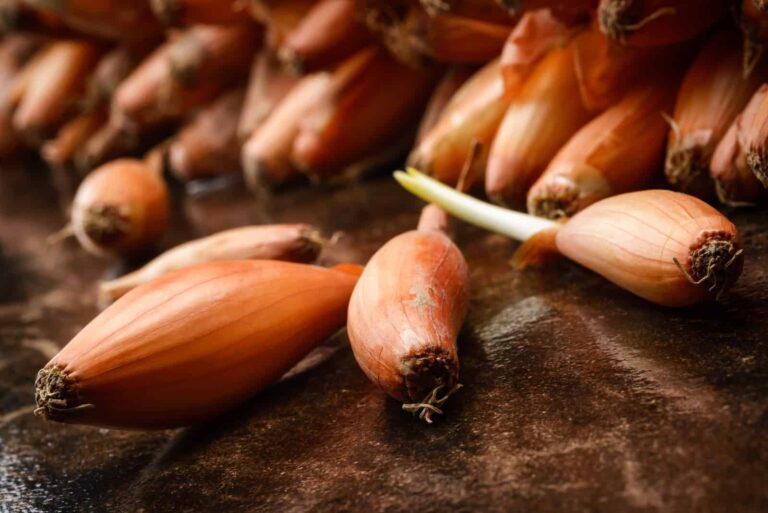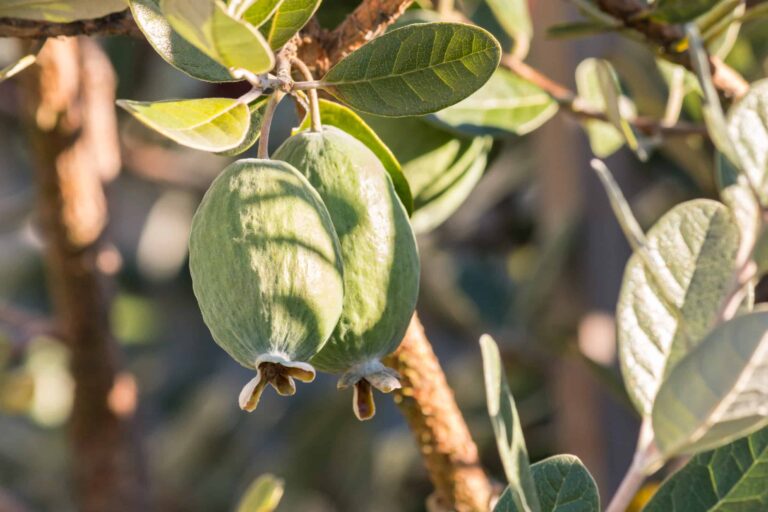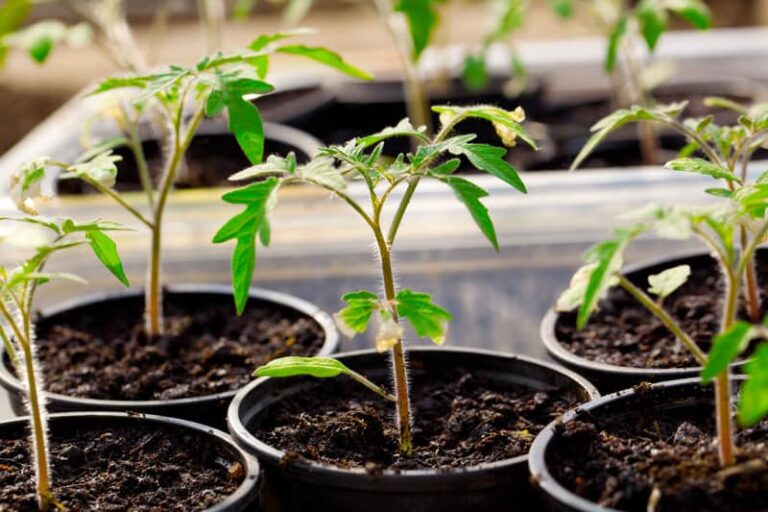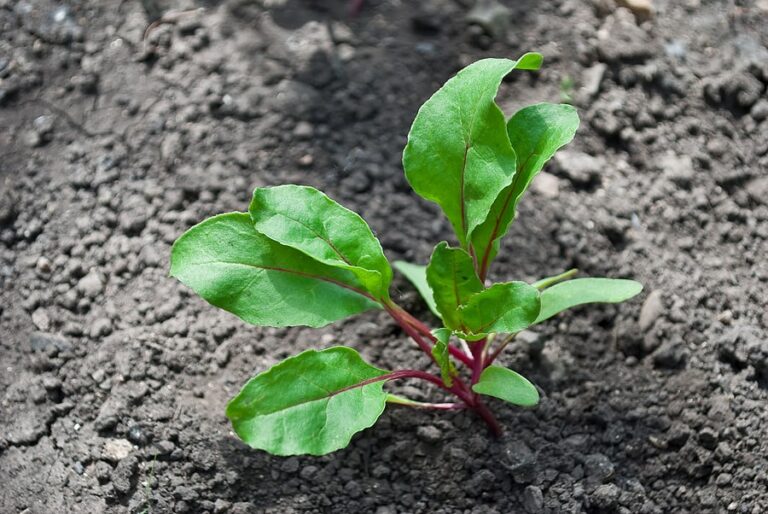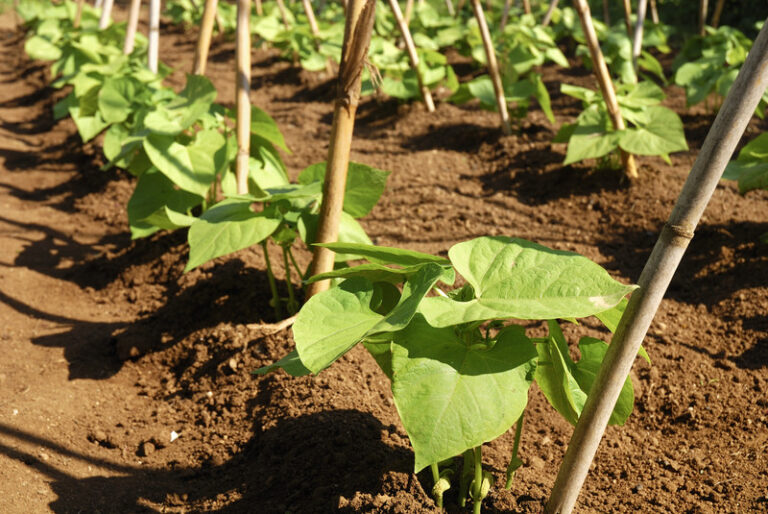Radicchio Seed Starting Tips
Radicchio is a cool-season crop. It grows best in the cool weather of spring and fall.
Radicchio has a lettuce-like head that colors to a deep rosy red as the weather grows cold in autumn or winter. The slightly bitter taste of radicchio sweetens with cooler day temperatures.
Sow radicchio seeds directly in the garden 2 to 4 weeks before the last frost in spring. To set out transplants start seeds indoors 4 to 5 weeks before transplanting. Set transplants in the garden 4 weeks before to 2 weeks after the last frost. Transplants will give you a head start on the season.
Make succession plantings every 2 to 3 weeks until temperatures begin to warm in late spring then sow again in late summer for harvest in cool autumn weather.
Good Products for Growing Radicchio at Amazon:
- Garden Safe Snail and Slug Bait
- Bonide Sulfur Fungicide
- Monterey BT Caterpillar Killer
- Neem Bliss 100-% Cold Pressed Neem Oil
- Safer Brand Insect Killing Soap
- PyGanic Botanical Insecticide
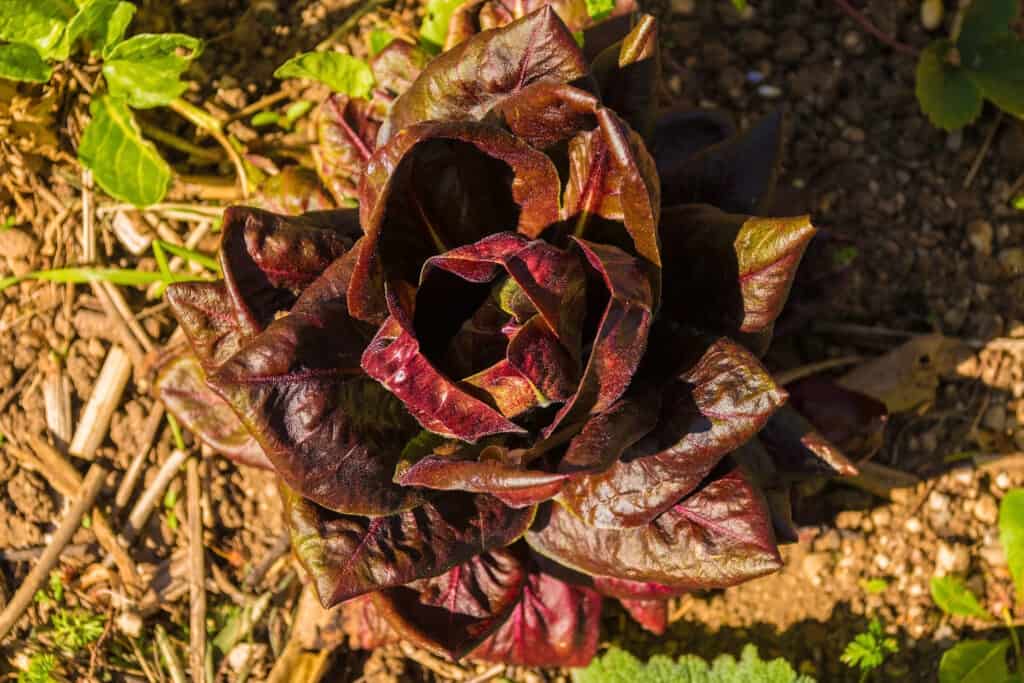
Grow radicchio in moisture-retentive, humus-rich soil. If temperatures warm you can mulch them with aged compost to keep the plants from bolting.
Radicchio matures in about 85 days. Start to harvest outer leaves as soon as they are usable size. This cut-and-come-again method will prolong the harvest. The flavor and texture of leaves are best when leaves are still young and tender.
Radicchio planting details
- Sowing depth: ¼ inch (.6 cm)
- Space between plants after thinning: 6 inches (15cm)
- Days to sprout: 5-7
- Days to harvest: 40 days or as soon as the leaves are edible
- Storage period: 1-2 weeks
- Seeds per 100-row feet: ¼ ounce (7 grams)
- Yield per 100-row feet: 100 heads
- Suggested varieties: Astro, Runway, Rocket, Italian Wild Rustic, Treviso
Radicchio sowing and planting tips
- Radicchio can be grown from seeds or transplants.
- The seed is viable for 5 years.
- Start indoors 12 to 8 weeks before the last frost or sow; transplant maturing seedlings into the garden 2 weeks before the last frost. Or direct-sow seed in late summer for autumn or winter harvest.
- The optimal growing air temperature for radicchio is 45°-65°F (7-18°C).
- Sow seed ¼ inch (6 mm) deep.
- Sow seeds 2 inches (5 cm) apart; later thin seedlings 8 to 10 inches (20-25 cm) apart. Make sure there is good air circulation around maturing plants to avoid disease.
- For intensive planting space plant 8 inches (20 cm) apart in a staggered pattern.
- Radicchio grows best in full sun but can tolerate light shade.
- Prefers a soil pH between 5.0 and 6.8.
- Seed germinates in 5 to 7 days at or near 60°F (7°C)—but sometimes seed can take up to 2 weeks to germinate if the soil is cold.
- Keep the soil evenly moist until seeds germinate then keep the soil moist until seedlings are well established.
- Add aged compost to planting beds in advance of sowing; compost will feed the soil and aid moisture retention.
- Avoid planting radicchio where endive and escarole have recently grown.
- Make successive sowings every few weeks for an extended harvest.
- Fertilize with an organic fertilizer such as fish emulsion at half strength.
- Aphids, flea beetle, leafhoppers, armyworms, snails, and slugs can attack radicchio.
Interplanting radicchio
- Interplant radicchio with lettuce.
Container growing radicchio
- Grow radicchio in a container at least 12 inches (30 cm) wide and deep.
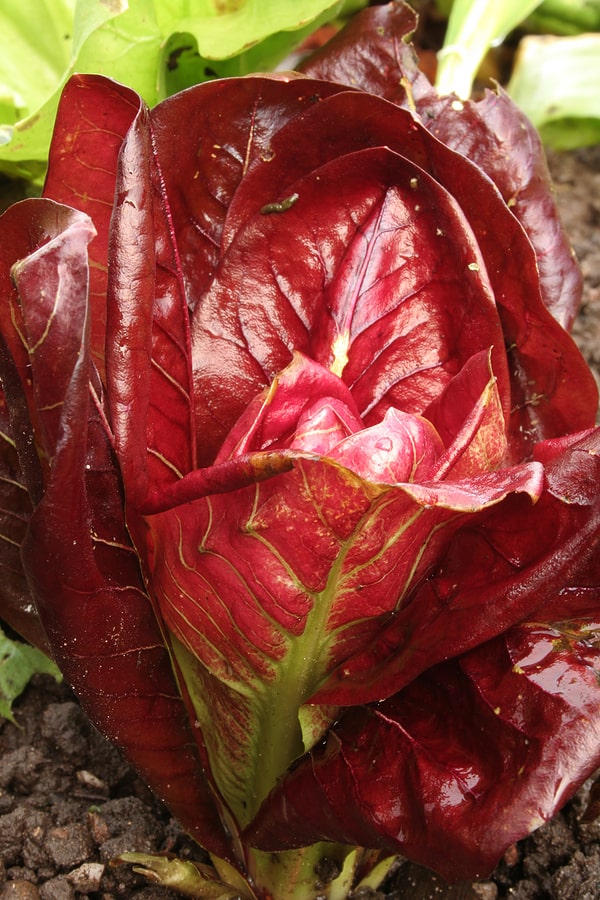
Radicchio planting calendar
For late spring harvest
- 8 weeks before the last frost in spring: direct-sow in a plastic tunnel or cold frame.
- 8 weeks before the last frost in spring: start seed indoors for transplanting later.
- 2 weeks before the last frost in spring: direct sow in the garden.
For fall and winter harvest
- 5-6 weeks before the first frost in fall: direct-sow in the garden for a fall crop.
- 3-5 weeks before the first frost in fall: direct-sow in a plastic tunnel or cold frame for winter harvest.
Radicchio seed sowing dates
(These dates are for the Northern Hemisphere)
| Average date of the last frost | Planting dates |
| Jan. 30 | Jan. 1-Mar. 1 |
| Feb. 8 | Jan. 1-Mar. 1 |
| Feb. 18 | Jan. 15-Mar. 1 |
| Feb. 28 | Feb. 1-Mar. 1 |
| Mar. 10 | Feb. 15-Mar. 15 |
| Mar. 20 | Mar. 1-Apr. 1 |
| Mar. 30 | Mar. 10-Apr. 10 |
| Apr. 10 | Mar. 15-Apr. 15 |
| Apr. 20 | Mar. 25-Apr. 15 |
| Apr. 30 | Apr. 1-May 1 |
| May 10 | Apr. 15-May 15 |
| May 20 | May 1-30 |
| May 30 | May 1-30 |
| June 10 | May 15-June 1 |
Radicchio recommended varieties
- ‘Rossa di Treviso’ and ‘Rossa de Verona’ are standards.
- ‘Giulio’ for spring crops.
- ‘Augusto’ for fall and winter crops.
Botanical name: Cichorium intybus
Radicchio belongs to the Compositae (Asteraceae) or sunflower family.
Also of interest:
How to Grow Chicory and Belgian Endive
How to Cook and Serve Belgian Endive
How to Plant and Grow Radicchio
How to Harvest and Store Radicchio
Four Ways to Cook and Serve Radicchio
How to Plant and Grow Endive and Escarole
Edive and Escarole Seed Starting Tips
How to Harvest and Store Endive and Escarole
Escarole and Curly Endive Serving Tips
Garden Planning Books at Amazon:

